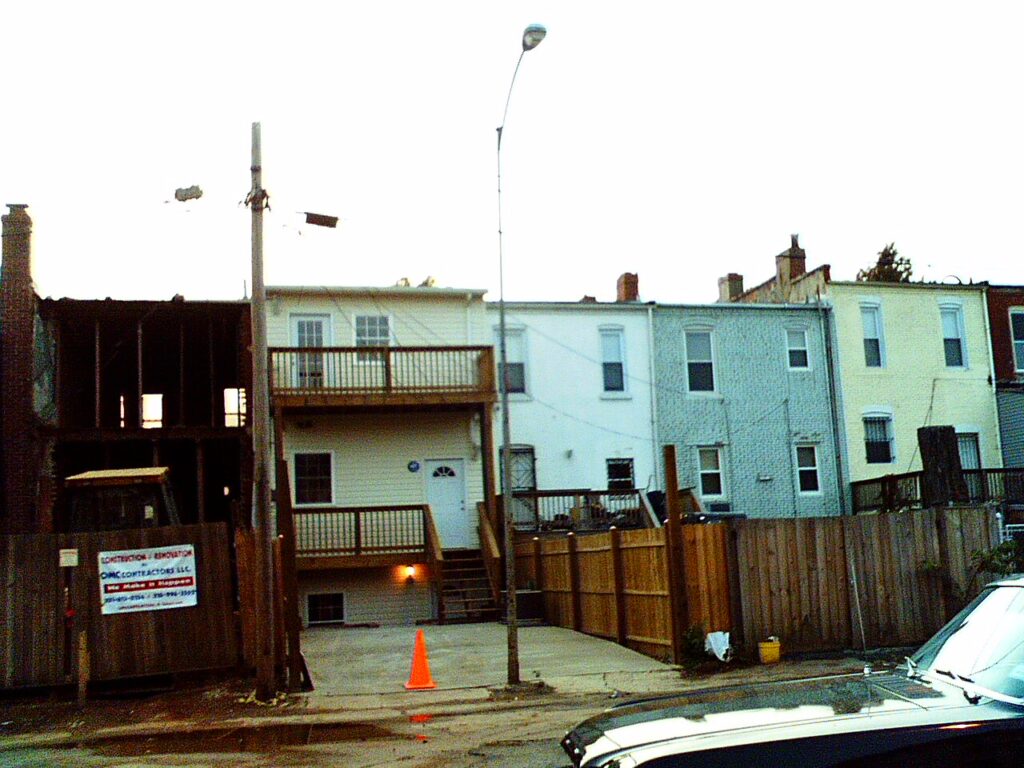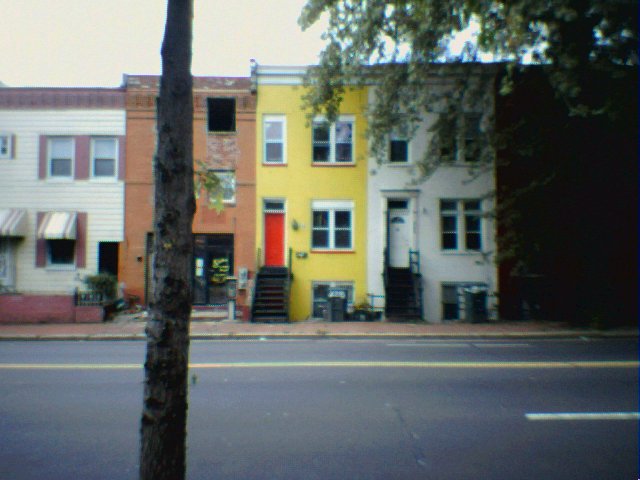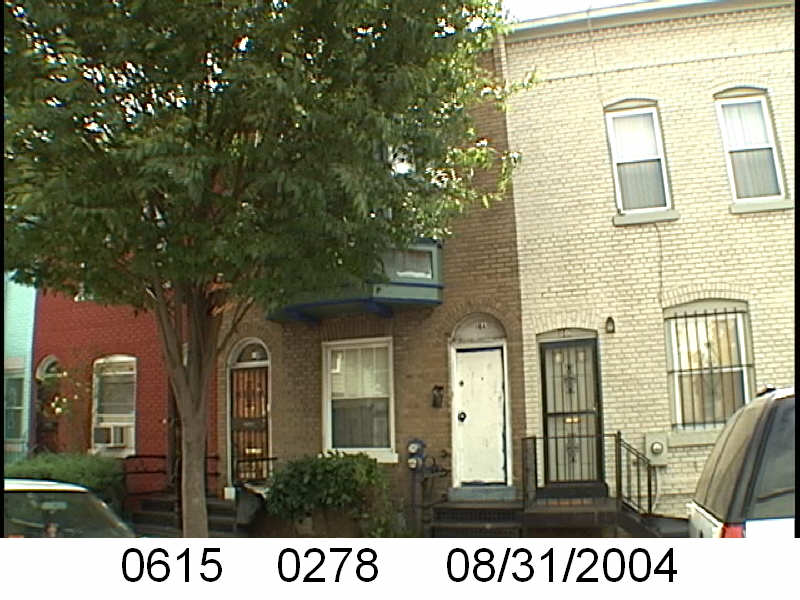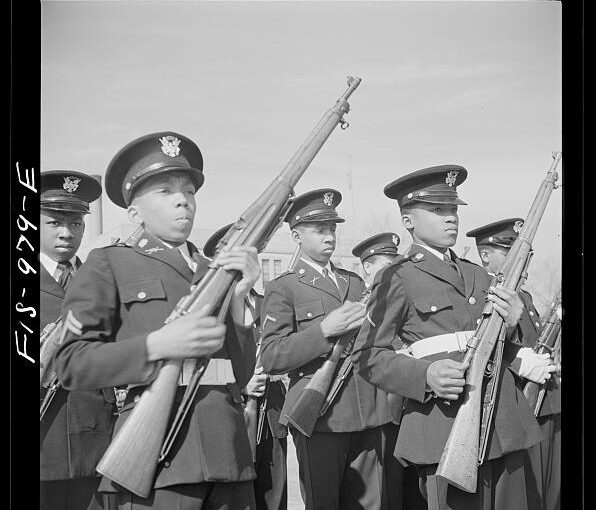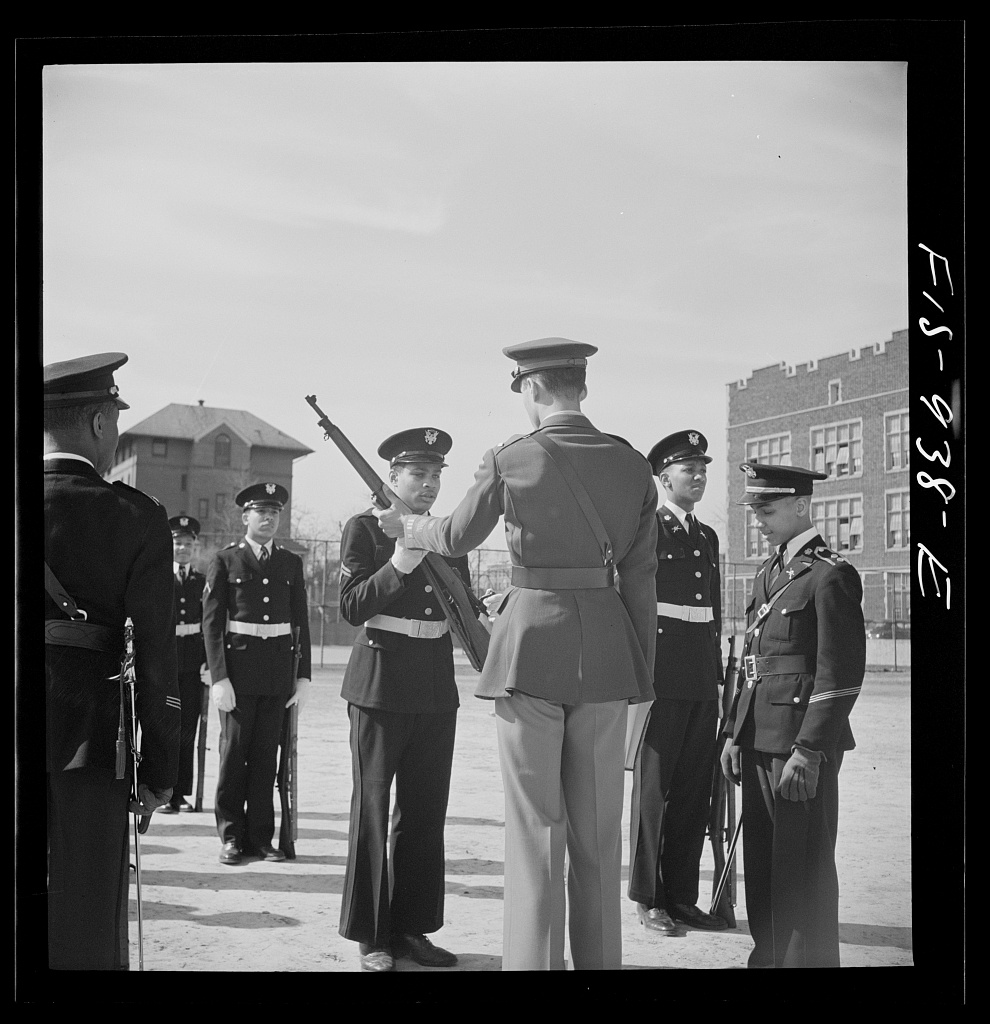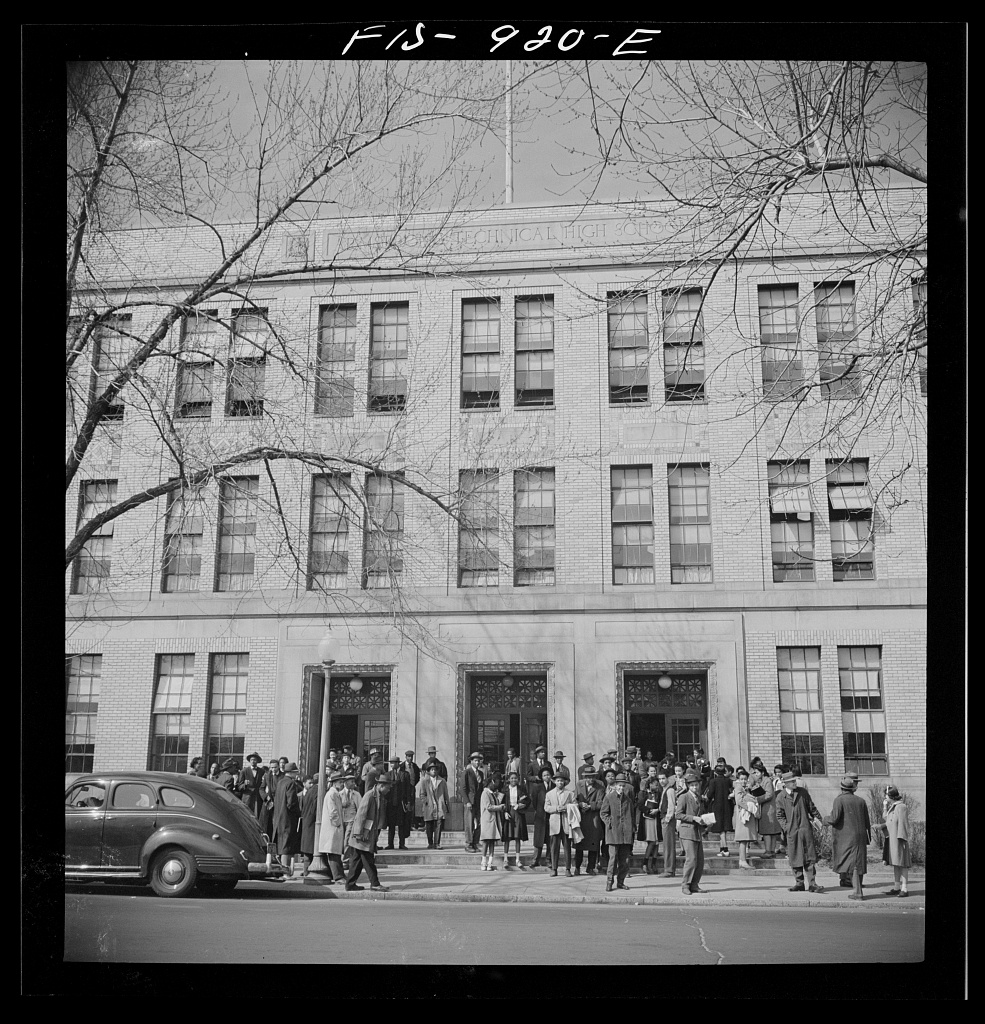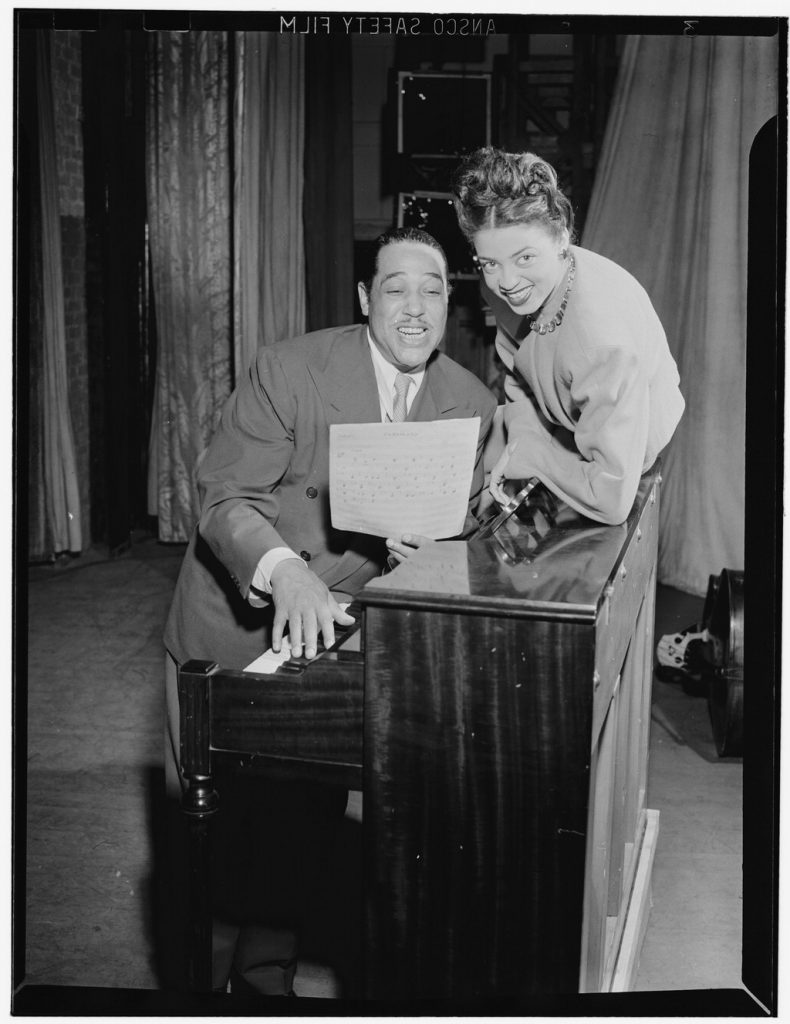The Washington Sanitary Improvement Company (WSIC) was a late 19th century charitable capitalism experiment that ended in the 1950s. This blog started looking at the homes that were supposed to be sold to African American home buyers, after decades of mainly renting to white tenants.
Looking at WSIC properties they tend to have a pattern where the properties were sold to a three business partners, Nathaniel J. Taube, Nathan Levin and James B. Evans as the Colonial Investment Co. for $3 million dollars. Those partners sold to African American buyers. There was usually a foreclosure. Then the property wound up in the hands of George Basiliko and or the DC Redevelopment Land Agency (RLA). Then there was the odd lucky ones who managed to avoid that fate.

Let’s see what happens with 229 P St NW:
- January 1951 Evans, Levin and Taube sold one-half of 229 P NW to Johnnie M. Alford and Oliver Rembert Jr.
- January 1951 Alford and Rembert borrowed $3,400 from Colonial Investment Co. favorite trustees Abraham H. Levin and Robert G. Weightman.
- December 1950 (recorded 1/18/1951) Evans, Levin, and Taube sold the other half of 229 P St NW to Mattie L. Jones.
- December 1950 (recorded 1/18/1951) Mrs. Jones borrowed $3,250 from trustees Abraham H. Levin and Robert G. Weightman.
- March 1956 Alford and Rembert lost their half to foreclosure. Evans, Levin and Taube regained the property via an auction.
- November 1961 new partner Harry A. Badt, his wife, Levin’s survivors, Evans, Taube and their wives, sold their half to Sophia and George Basiliko.
- January 1962 Mattie L. Jones was released from her mortgage…..and that is the last we hear from her. There are a lot of Mattie L. Joneses, mainly in Texas, and I don’t have a lot of other information to go on to find her.
- Sometime between 1973 and 1980 the DC Redevelopment Land Agency gained ownership of the whole of 229 P St NW, because later records treat it as one singular property.
Sometime in the future I need to look at document #8000020221, a 32 page contract between the DC RLA and the BSA Limited Partnership recorded June 27, 1980. There are a lot of Truxton Circle properties mentioned in the document. Before I do that I would need to complete the whole WSIC sell off series, analyze Basiliko’s takeover and sell off to DC RLA, which maybe might lead to the mystery document that seems to be missing from this database showing when he sells certain Truxton WSIC and non-WSIC properties to DC RLA. Maybe I need to look at Truxton Circle properties owned by the government. But for right now, I’ll keep chugging away with the 1950s WSIC sell off.


